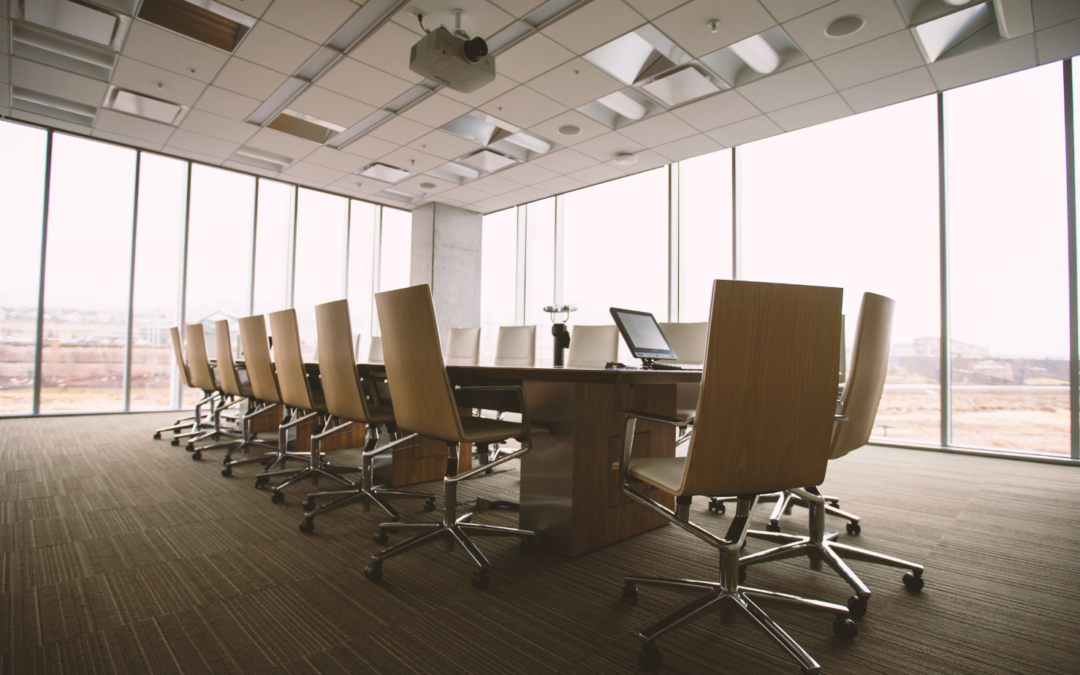At this point, we’re well over a year into the ongoing coronavirus pandemic. When most offices closed in March 2020, many jumped for joy over the excitement of getting to wear our pajamas to work on a daily basis.
While adjusting to the work from home lifestyle was a challenge for many, at this point it’s been widely adopted as our new normal. As vaccines roll out and COVID rates have begun to drop, many have been left questioning what the future holds for traditional offices.
Will businesses return to work in their offices? How will employees respond to such decisions? Depending on who you ask, you might be faced with different answers. Many have enjoyed the personal health bubble that working from home has allowed them. Not being required to report to an office enables workers to isolate themselves if necessary or if they choose to do so. It also places an extra level of protection upon employees that may be at higher risk of contracting the virus.
Alternatively, many employees across the country are eager to return to their offices and a sense of normalcy. Office settings provide a dedicated workspace and collaborative opportunities, and an atmosphere to socialize and develop relationships.
While working from home may be an ideal setup for more introverted employees, others may have spent the pandemic experiencing mental health struggles due to the lack of socialization.
The NEW Office
As we begin to see the light at the end of the tunnel, many business owners are nearing the decision of what to do with their office spaces. Will COVID be the end of offices as we know them? For many, this may be the case.
Full Office Reopening
There have been a variety of options have been suggested for the future of office spaces. One of these options is to return to offices full time as employees did pre-pandemic. Obviously, this option will require the implementation of various protective protocols such as masks, desk shields, vaccinations, or other protective protocols, at least for the time being. These factors will likely be determined on a case-by-case basis as there is not an existing required protocol for private spaces. While the Centers for Disease Control (CDC) requires businesses to provide “a safe and healthy workplace,” they fail to provide specifically required responses beyond initial assessments of the property and ongoing communication with employees.
Hybrid Model
Another option that was initially discussed in relation to the reopening of schools is a hybrid model. A hybrid model would include employees working some days from the office and some days from home. Employees may have a set schedule of when they are expected to be in the office or choose to implement a flexible schedule for employees to come and go within their comfort levels. While this strategy offers employees an additional level of flexibility and independence, it may not be best suited for all businesses.
Fully Remote Workforce
A final strategy that many businesses may take is to adopt a permanently remote workforce style. After over a year of adjusting to this new normal, many employees have proven that they are capable of performing the same level of work they did when they were sitting in an office. Many also enjoy the luxury of benefits, including staying home with their pets or children, avoiding the time and costs associated with a daily commute, and of course, the previously mentioned luxury of working in your pajamas.
While this strategy is a big consideration in the eyes of many business owners, it raises the question of what will happen to the existing office spaces. While some occupations will surely return to their offices to support the collaborative work required in their fields (think lawyers, accountants, stockbrokers, etc.) many businesses have recognized that some jobs that were previously thought impossible to do from home are, in fact, very possible after all.
Overall, the likelihood of any office space truly returning to the exact way it functioned prior to the pandemic seems unlikely given the experiences the past year has provided. As some businesses decide to close their offices permanently, we may see a corresponding dip in the prices of commercial real estate spaces.
In addition to the prediction that many businesses may very likely begin to vacate their existing office spaces, we may also see a shift to smaller-scale properties. As businesses adjust their workforces to a fully remote or hybrid model, scaling down to a smaller space may be a happy medium for companies. Maintaining a commercial space to utilize in the event of necessary collaboration while allowing employees the flexibility to work from home may end up being the best of both worlds for many businesses.
While we continue to attempt to predict what will happen to the future of office space, the real estate market, particularly in California, continues to rage on.
If you or your business are in need of an innovative lending source to support your commercial real estate needs, call or contact our Innovative Capital team today.


